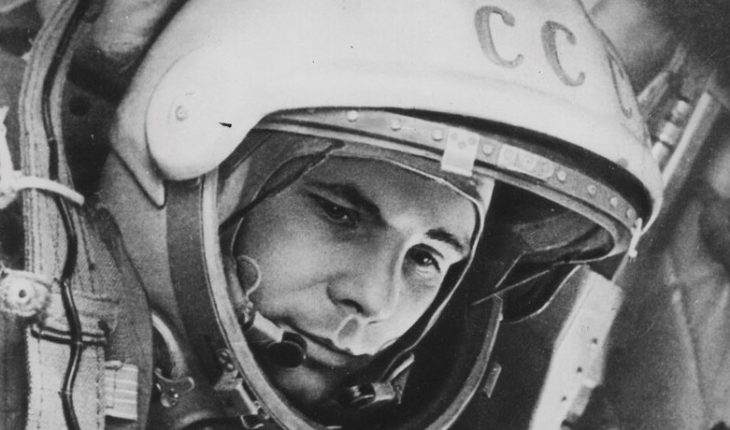Sixty years ago the Soviet cosmonaut Yuri Gagarin became the first man to fly into space, a feat that continues to engulf the Russians and marvel at the rest of the world, as time goes on, new details of his incredible odyssey are discovered.
“My father set off for the unknown with a 50% chance of returning. What does 50% mean? She could both come back and not,” says Efe her daughter Yelena, director of Kremlin museums.
Since then, humans have arrived on the Moon and sent ships to the last corners of our galaxy, but no milestone is comparable to that starred in a man of peasant origin on April 12, 1961 as he went around Earth.
A journey into the unknown
“Poyéjali!” (Here we go!), Gagarin said before taking off aboard the ship “Vostok.
The flight was undoubtedly a journey into the unknown. A lot of things could go wrong. In fact, there was a watertightness failure at the last minute and the 32 screws sealing the capsule hatch had to be replaced.
Declassified Soviet documents show that the authorities feared an accident would take place, that Gagarin would die or lose his mind. Even the father of Soviet cosmonautics, Sergey Koroliov, prepared food for three laps to Earth, in the face of the possibility of a technical failure.
“There is and will never be 100 percent certain of the success of a space flight, especially the first. It is difficult to decide who to send to certain death,” Nikolai Kamanin, chief instructor of Soviet cosmonauts, wrote in his journal Nikolai Kamanin.
Gagarin himself, aware of the risk he was in, wrote a letter to his wife in which he gave him permission to re-marry, although he also expressed himself in his will: “I totally believe in technique. It must not fail.”
The instructions envisaged the possibility of catapulting 40 seconds after takeoff, although the previous two test launches with dogs had been a success.
Faced with the possibility that he landed in another country, they decided to write to him at the last moment in the scavenger, “CCCP”, the acronym of Union of Soviet Socialist Republics.
Three official versions of what happened were also prepared, although eventually the firm launched by the TASS agency reported the “successful return of man from the first space flight”.
“My father’s bravery, that’s what aroused admiration. It was unprecedented for her time,” she explains.
Moreover, historians say, the flight did not last 108 minutes, as previously believed, but just over 106.
Gagarin returned safely and the Soviet Union achieved one of its greatest victories during the Cold War. The United States would advance him in the following years in the space race, but the Kremlin struck first.
Rumia, the girl who saw Gagarin
“For me, the cosmos is Gagarin,” efe Rumiá Nurskánova, the first person to see the cosmonaut after landing in a camp in the Sarátov region, nearly a thousand miles from Moscow, tells Efe Rumiá Nurskánova.
Rumia was four and a half years old when he saw the ship descend with two large red balloons.
“I was planting potatoes with my grandmother. Shortly after we spotted the balloons, we saw that someone was approaching us among the grass. At first, we thought he wasn’t a human being,” he recalls.
His grandmother began to pray out of fear. Then he adds, “We heard an ultra-tomb voice: ‘I am one of yours.'”
“My grandmother helped him take off his scavenger and we saw that he was a smiling man. We offered him a glass of milk,” he recalls.
To Gagarin’s surprise, they had never heard of him, as they had neither light nor radio.
“We didn’t even know that the USSR had sent a man into space. Gagarin and my grandmother went to see the state of the ship, but I had to stay, as the veal wanted to eat the potatoes. At the time, potatoes were more important than Gagarin,” he says with laughter.
Both they and the landing site became celebrities. Interestingly, Gagarin died in March 1968, two months after his grandmother.
Every year Rumiá is invited by local authorities, although the wooden house has long since existed and instead erected a memorial park and museum, which was visited today by Russian President Vladimir Putin and the first woman to fly into space, Valentina Tereshkova (1963).
In a demonstration of Gagarin’s historical importance to this country, about 70% of Russians are known by heart the date of the historic flight.
translated from Spanish: Gagarin touched the stars sixty years ago
April 13, 2021 |





